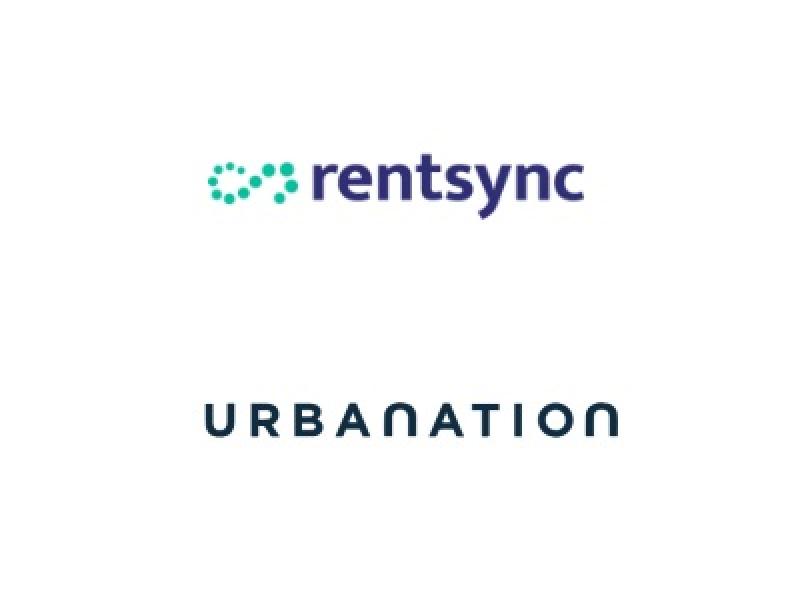
Ben Myers of Bullpen Research & Consulting.
Canada’s population grew by 531,000 from August 2018 to July 2019 – the largest 12-month increase in our history according to Statistics Canada. That growth is having an enormous impact on the housing market says Ben Myers of Bullpen Research & Consulting.
Nearly 60 per cent of that growth took place in Ontario and British Columbia, and these people need places to live. With shifting demographics and increasing rents and housing prices presenting an affordability crisis in Toronto and Vancouver, shortfalls could continue for the foreseeable future.
Myers contributed to a recent report from real estate and financial services private equity investment company Firm Capital Corporation that provides an overview of what’s happening in markets and sectors across the country.
Toronto-based Bullpen is a real estate advisory firm that helps clients better understand the residential housing market.
Toronto needs rental housing
The Firm Capital report cited RBC Economics data that said the Toronto census metropolitan area (CMA) needs 9,100 more vacant units to reach a “healthy” vacancy level of three per cent.
The RBC report also said the Toronto CMA needs 22,000 new rental apartments and rented condominium apartments per year to satisfy demand between 2019 and 2023.
“Even if we anticipate that 70 per cent of all new condos are rented, and we have 4,000 new purpose-built rental apartments in the GTA every year, we still wouldn’t hit that 22,000-unit mark,” Myers told RENX.
“We’re not even hitting the rented units we need, so we’re not coming close to eating into that 9,100-unit shortfall in the marketplace.”
This means rents will continue to rise, according to Myers, even though purpose-built rental apartment construction is on the rise and 2021 is expected to be a big year for condo completions in the Greater Toronto Area.
Conflicting projections for Vancouver
The RBC report said Vancouver needs 3,800 more available units to reach a three per cent vacancy rate and 9,400 new rental apartments and rented condo apartments per year to satisfy demand between 2019 and 2023.
The Firm report said from 11,000 to 13,000 condo units and about 5,000 rental units are coming to the Vancouver CMA, based on recent starts data.
That could add up to 14,000 new rented apartment units per year, far exceeding the 9,400 units of demand and potentially eating up all of the 3,800 units of undersupply required to raise the vacancy rate to three per cent.
Vancouver could then experience flat or declining rent levels, depending on the level of “induced demand,” according to the Firm report. As supply increases, rents decline and that could induce more people to move to Vancouver.
However, Myers said another recent report said Vancouver needs much more rental supply and may be more underbuilt than RBC anticipated, meaning rents there would continue to rise as well.
Rental availability, affordability
While there may be some housing availability and affordability issues in other Canadian markets, Myers said no other cities are close to the situation in Toronto and Vancouver.
Montreal builds plenty of rental product and that large supply makes rents more affordable.
“In Quebec, they accept rental as a lifestyle choice,” said Myers. “It’s not as stigmatized as it is here, where it’s a secondary choice.”
Myers said the Atlantic provinces aren’t experiencing a crisis, the economic slump in Alberta has kept rents from getting out of control in Edmonton and Calgary, and Saskatchewan is the only province where rents are declining.
Co-living, other housing options
“I think people are going to look at different options to be able to stay in the city,” said Myers, who believes there’s potential for corporations to build or buy their own housing as a means of attracting employees.
“As much as we see all the cranes in downtown Toronto, we’re actually building less housing now than we did in 2002 in the GTA,” he explained. “They just weren’t seeing all of the sprawl that was happening back then.”
As a way of somewhat alleviating high rents and the need for housing, companies including Roost, Sociable Living and Milyou are offering a co-living alternative.
Co-living is a form of housing where residents have individual space in a shared property. Residents generally sacrifice some private space in return for lower rents and share a kitchen, living room, bathroom and building amenities and activities.
“People that move to Toronto don’t know anyone, so it’s been a nice way to get to know people and feel like they’re part of the community,” said Myers.
“They don’t have the same privacy as owning a one-bedroom condo unit, but at $1,800 it’s less than what you would be paying for that.
“And now you’ve got a fully furnished unit and you’ve got all of these additional amenities and programming in your building that people really seem to like.
“I can see it growing because people are looking for more affordable options and they want to be in the city.”
Baby boomers and their offspring
Many baby boomers are now in their 60s and 70s and will soon have different housing wants and needs.
“When they hit 85, they’re definitely going to be moving down and hitting retirement homes and having a massive impact on the market, not only for the homes that they buy but the homes that they sell,” said Myers.
“We’re still a little bit far off from that, but it’s definitely impacting the market, where we have so many older people who are staying in their homes and not freeing up as many homes for younger people to buy.
“That’s causing this jam at the bottom of the market and why we’re seeing such high rent levels and high prices for condo apartments and rented condo apartments.”
Seniors housing is becoming a more popular investment for existing operators and others recognizing opportunities presented by aging populations. However, Myers believes some developers might also develop rental accommodations with some additional services in suburban locations.
“In the prime markets, where land is most expensive, I think they’ll offer a range of product. A purpose-built rental is a little more attractive to a move-down buyer than a condominium apartment because there’s the security of tenure and professional property management.
“They don’t have to worry about the investor selling the unit out from under them just after they’ve moved in. They want to have a stable place and live there for five, 10 or 15 years.”
The purpose-built rental market is expected to continue to grow in Canada, as institutional capital and real estate investment trusts become more involved with the sector and look to intensify existing properties.
“They could be taking malls and redeveloping them for apartments, with maybe a smaller retail/commercial footprint,” said Myers.
Purpose-built, off-campus student housing
Children of boomers might now be looking at moving from the rental market, or considering their second house purchases.
Their children will also need places to live when they head off to universities and colleges over the next three to five years.
Purpose-built rental, off-campus student housing has become very popular in Waterloo, and to a lesser extent in Ontario cities including Kingston, Oshawa and Toronto.
These complexes often feature units with four or five bedrooms rented to students who share bathrooms, a kitchen and living room.
“Now we’re seeing more investment student housing product, where they’re selling off the units to individual investors,” said Myers.
“Then the developer or property manager will manage the entire project as a student project for you and you’d get a cut of what your unit brings in, or you split the revenues up with the other investors.”







